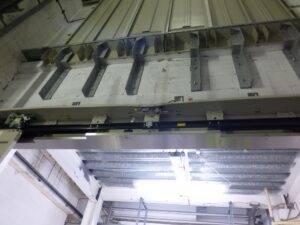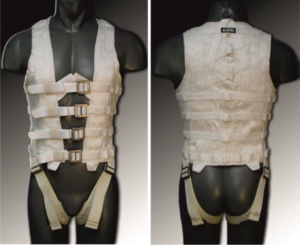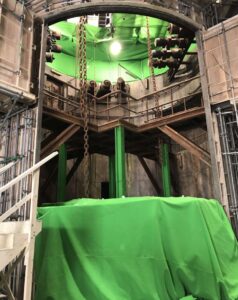New regulator sets out strategic plan to drive positive change for building safety in England
- The Building Safety Regulator (BSR) has published its first three-year strategic plan
- The strategy is a significant step forward, underlining BSR’s overarching direction and vision to galvanise positive culture change
- Collaboration is key to driving up safety and standards
BSR is leading a critical change in culture and behaviours across industry and the whole built environment. The strategic plan establishes a vision to create a built environment where everyone is competent and takes responsibility to ensure buildings are of high quality and are safe. This represents the most significant change to regulation of building safety for a generation and means residents and other building users can be confident that industry is working together to make sure the tragedies of the past will never be repeated.
The Building Safety Regulator will:
- improve the safety and standards of all buildings
- make sure residents of higher-risk buildings are safe and feel safe in their homes
- help restore trust in the built environment sector
We will do this by:
- delivering consistent standards within the building control profession
- overseeing and driving improvements across the whole built environment
- regulating the planning, design, and construction of new higher-risk buildings
- ensuring those who are responsible for occupied higher-risk buildings manage risk so that residents are safe
- working in partnership with co-regulators
Commenting in the foreword to the strategic plan, Secretary of State for Levelling Up, Housing and Communities, Michael Gove, said:
“The system that regulates our buildings must be practical and comprehensible. The Regulator must lead the sector in creating a built environment fit for the future.
“This first three-year strategic plan is a significant moment in this mission. It looks forward and lays out a solid foundation on which the Regulator can build its ambition in future years.
Philip White, HSE’s Director of Building Safety, said:
“This strategic plan sets out the guiding principles we have put in place to keep us focused on our priorities in delivering the new regime, and we will keep it under continuous review. We will ensure we have the right capability and capacity to meet this challenge as our remit continues to evolve, working with others sharing knowledge, expertise, and data.
“Our focus is clear and resolute as we oversee a culture of higher standards, putting building safety first. Our regulatory activities will be conducted in a way which is transparent, accountable, proportionate, and consistent.
“Throughout the next three years, BSR will continue to work across all sectors to ensure that those working in the building sector engage fully with the new regime. Our aim is that people will see fundamental changes to the safety and standard of all buildings and increased competency among industry professionals that raises those standards year on year.”
Chair of the Health and Safety Executive, Sarah Newton, said:
“This is a strong, coherent strategy built on collaboration with all BSR’s stakeholders, with a keen focus on ensuring industry takes ownership and responsibility for delivering a safe system throughout the life cycle of a building. This must be front of mind for everyone. And everyone must be aware of their legal responsibilities. Collaboration and collective responsibility are key for delivering better standards.”
The BSR’s Strategic Plan for 2023-2026 is available to view here
Notes to Editors:
About BSR: The Building Safety Regulator (BSR) is an independent body established by the Building Safety Act, 2022, and is part of the Health and Safety Executive (HSE). BSR will raise building safety and performance standards and oversee a new stringent regime for high-rise residential buildings, as well as overseeing the wider system for regulating safety and performance of all buildings and increasing the competence of relevant regulators and industry professionals.
About HSE: The Health and Safety Executive (HSE) is Britain’s national regulator for workplace health and safety. We prevent work-related death, injury and ill health through regulatory actions that range from influencing behaviours across whole industry sectors








